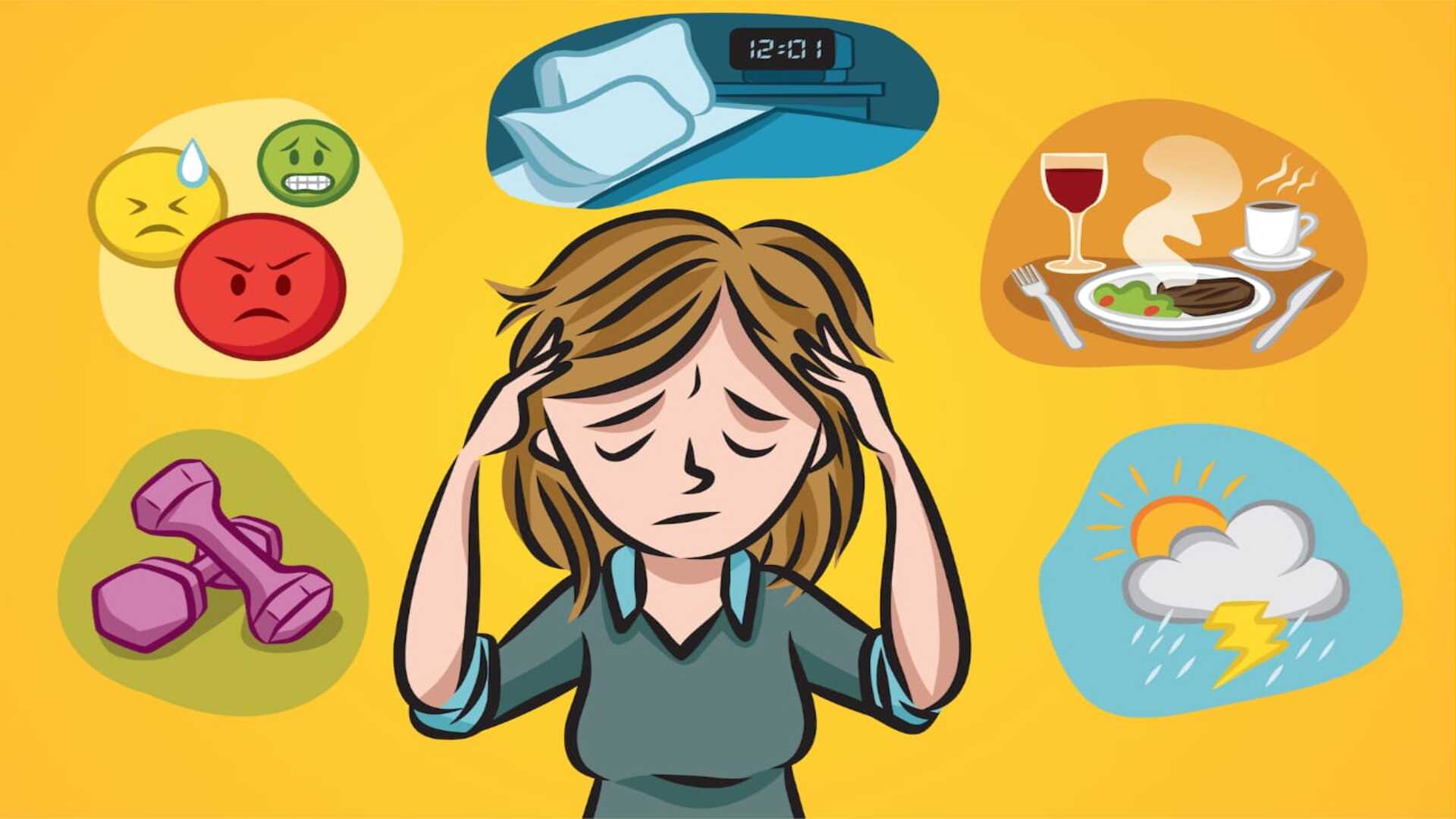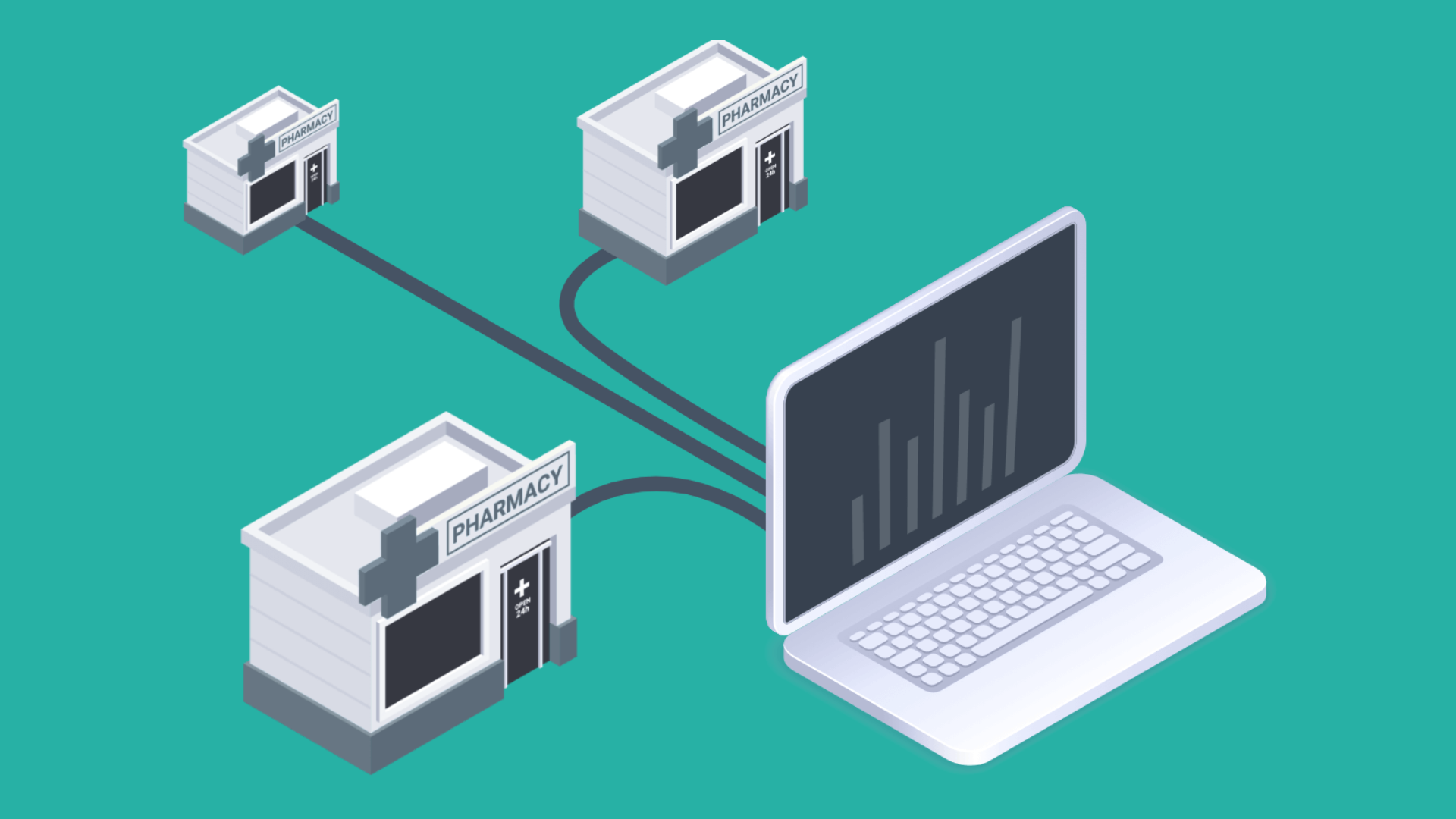What Is a Migraine?
Migraine is more than just a headache—it’s a neurological disorder that affects millions of people worldwide. Characterized by intense, throbbing pain usually on one side of the head, migraine attacks can be debilitating and often come with nausea, vomiting, and sensitivity to light and sound. Understanding the triggers of migraine is key to managing its frequency and severity.
Common Migraine Triggers
Migraine triggers vary between individuals, but common ones include:
- Stress: Emotional tension, anxiety, or sudden stress relief.
- Hormonal Changes: Especially in women during menstruation, pregnancy, or menopause.
- Certain Foods: Aged cheese, chocolate, processed meats, and caffeine or alcohol.
- Sleep Patterns: Too little or too much sleep.
- Weather Changes: Shifts in barometric pressure or temperature.
- Sensory Stimuli: Bright lights, loud sounds, or strong smells.
- Physical Factors: Intense physical exertion or lack of activity.
Treatment and Management
Medications:
- Acute Treatments: Pain relievers (e.g., ibuprofen, triptans) taken at the onset of symptoms.
- Preventive Medications: Daily prescriptions to reduce the frequency and severity of attacks (e.g., beta-blockers, anticonvulsants, antidepressants).
Lifestyle and Non-Medical Approaches:
- Stress management techniques like mindfulness or yoga.
- Regular sleep and eating routines.
- Identifying and avoiding personal triggers using a migraine diary.
Though they can be debilitating, they are manageable. By identifying personal triggers and following a comprehensive treatment plan, individuals can reduce attacks and improve their quality of life. Awareness and education are crucial for supporting those affected and breaking the stigma around migraine disorders.










